What kind of eaters are humans??? I believe a simple understanding of the design and evolution of our digestive system provides some very logical clues.
First some definitions:
Omnivore – eats plants and animals
Carnivore – eats animals
Herbivore – eats plants
Let’s start with our teeth. We have the teeth primarily of a herbivore. Our teeth are designed / evolved to consume plants. Someone may say but what about our canine teeth? Aren’t they designed to rip and tear meat. Not really, our canines are nothing compared to a dog or even a cat. Human canine teeth are more suited to carrots, apples and other tubers.
Now we head down the digestive tract. If you have a dog you have most surely experienced feeding your dog, taking the dog for a walk and within five to ten minutes the dog is going to the bathroom. Not so with us humans. We eat and the digestive process is much longer. Why? A dog is a carnivore. A carnivore’s digestive tract is a short straight tube. Food is in and out. Humans are primarily herbivores like a rabbit. Our digestive system is a long and winding tube.
Humans are primarily herbivores. We have one enzyme, pepsin, which allows us to break down animal products during digestion; otherwise, we would be entirely herbivores. Without cooking, grinding, and curing meat humans would have struggled to eat meat at all.
What conclusions should we draw from this? The greatest volume of the food we eat should be plants. The idea that we were hunter gatherers is a bit misconstrued. It is more accurate to say we were gatherer hunters. Hunting is very difficult and our ancestors did not have the luxury of modern weaponry. Hunting would also have been calorically too great an expenditure. It was much more efficient to gather plants.
When you look outside you will notice quickly most plants are green. In general, green plants are more nutrient dense. Therefore, make the greatest volume of your food consumption green plants, then all the other colored plants, then fruits, nuts, beans, seeds, whole grains, potatoes and lastly a little bit of animal products.
